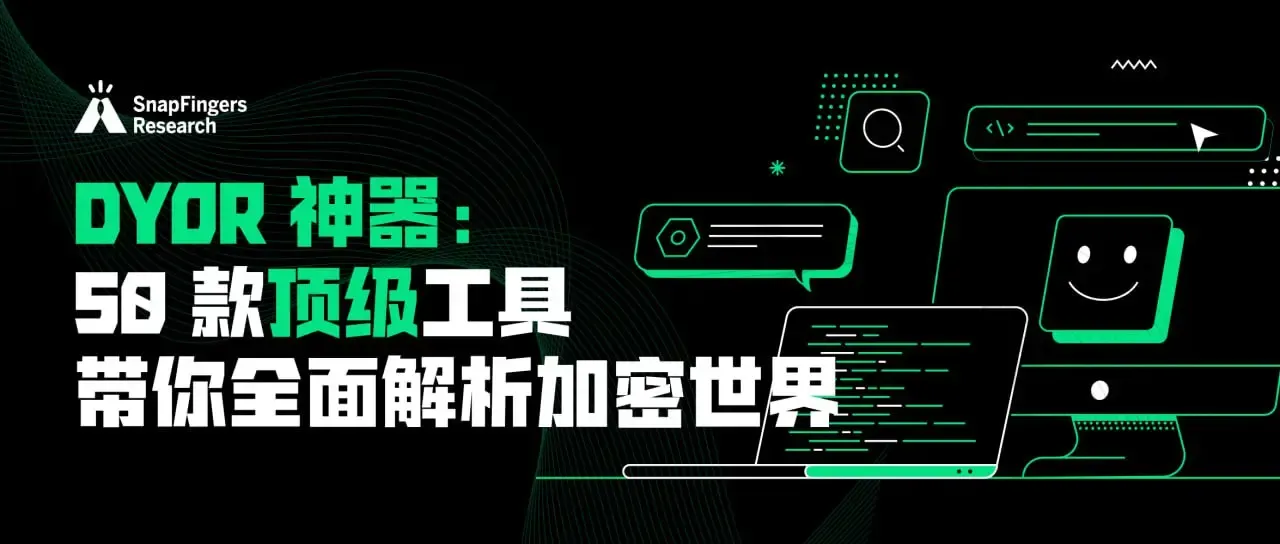The three major components of DeFi: new trends in DEX, lending, and stablecoins
Author: Laobai
In recent years, there has been little innovation in the Dex market. Aside from the Curve War, a dual oligopoly situation has basically been confirmed. However, there are still four trends worth noting: the hybrid Ve(3,3), Hybrid Dex, UniV3-Fi, and the Tricrypto New Generation upgrade of Curve. In the lending sector, full-chain, isolated pools, and oracle-free, no-liquidation lending are currently the main trends. Additionally, in the stablecoin space, besides pure algorithmic stability, RWA-based stablecoins and LSDFI-based developments are also worth paying attention to.
Since the emergence of UniV3, there have been few major innovations in DEXs. The Curve War can be considered one, and the DEX track has officially confirmed a dual oligopoly in the past two years. Various improvements aimed at reducing slippage and impermanent loss have basically faded away.
Current Four Trends in DEX
1. Hybrid Ve(3,3)
This is currently happening. Previously, AC launched Solidly on FTM, attempting to merge Uniswap, Curve, and OHM, resulting in the creation of Ve(3,3). However, it hasn't gained much popularity; even its expansion to ETH didn't take off, while the fork Velodrome on OP became quite popular.
It seems that this is related to the decline of Alt L1 and the rise of L2, as well as the various rewards from OP.
Now, Ve(3,3) is penetrating various chains. Arb recently launched on Chronos, Thena is on BSC, and there are others on Polygon whose names I can't recall…
In summary, each project has made some tweaks to Solidly, similar to how Sushi did with Uni, but interestingly, while Uni hasn't gained traction, the fork Velodrome has become a huge success, directly outpacing Uni on OP.
Personally, I'm not very enthusiastic about this model. Firstly, the stitching is too obvious, and secondly, it's too complex for many ordinary users to understand, unlike Uniswap which is straightforward.
Although the Curve War is also complex, it is fundamentally a bribery mechanism aimed at project parties and large holders, which has a different positioning.
Finally, the popularity of Velodrome is closely tied to OP rewards. For example, large bribers like SNX are using airdropped OP for bribery. Whether this momentum can continue once the rewards stop remains to be seen.
2. Hybrid DEX
This is also a form of stitching, but more focused on the user experience.
- Firstly, after the collapse of FTX, there has been increased distrust in CEXs, but users still enjoy the smooth experience offered by CEXs. Thus, a combination of CEX experience + DEX self-custody has emerged, where the front end is similar to DYDX and Blur styles. Users connect their wallets, deposit funds, and then all operations are completely off-chain, settling back on-chain when withdrawing.
- Secondly, there is a mix of AMM and OrderBook, combining the order book of market makers with traditional AMM using LPs. When users trade, the system automatically selects the best price from both options. For long-tail assets (where the order book may lack market makers or depth), the AMM mechanism can provide a "safety net."
I've discussed more than one such project, with Vertex being a representative example. It just launched on Arbitrum, combining the above two aspects, and not only focuses on spot trading but also derivatives, with a reliable team.
However, we believe the DEX track is currently too competitive, so we haven't invested.
Of course, in the ABCDE stage, this is normal. We can discuss forty to fifty projects each month, but we only take action 1-2 times, pursuing a One Shot, One Kill style.
3. UniV3-Fi
A few points: firstly, the V3 License protection expired recently, effectively open-sourcing it, so we will definitely see more V3 forks appearing on various chains. Secondly, there are various Fi projects based on V3, such as Paraspace (which has been in the spotlight recently) that offers lending based on V3 NFTs, Panoptic which provides options based on V3, and Gammaswap which offers impermanent loss hedging based on V3, among others. In the future, there will surely be more gameplay based on the V3 underlying.
4. Curve's Tricrypto New Generation Upgrade
Curve had previously stepped into the mainstream coin space, but retail usage was still low due to higher gas fees compared to Uni. This upgrade reduces gas fees to a level comparable to V3, which should create more use cases among retail users and aggregators. Coupled with the benefits brought by the SNX V3 upgrade to Atomic Swap, the competition between Curve and Uni in the mainstream spot market will be a focal point in the near future.
Three Trends in Lending
1. Full-Chain
The designs of Compound V3 and AAVE V3, as well as the popularity of RDNT, clearly indicate that full-chain lending is undoubtedly a trend. However, according to teacher Mindao, current full-chain lending is still in a "pseudo-full-chain" stage, at best being "cross-chain lending." True full-chain lending should allow "any chain to deposit, withdraw, borrow, and repay, sharing liquidity across multiple chains and having a single interest rate curve," which no one has achieved yet.
2. Isolated Pools
The concept of isolating collateral assets began with Euler, and now major platforms like AAVE, as well as some new platforms, have basically adopted this as a standard feature. The purpose is to prevent situations where oracle manipulation, like with XVS or Mango, can directly KO an entire protocol. Although it sacrifices some flexibility, it is essential to ensure that one bad apple doesn't spoil the whole bunch.
3. Oracle-Free, No-Liquidation Lending
This is particularly suitable for lending long-tail assets, as the depth and liquidation mechanisms for mainstream coins are currently quite mature. However, many lending platforms are hesitant to include long-tail assets, even with isolated pools, due to the high risks of oracle manipulation and liquidation. If these two mechanisms can be avoided, the capital efficiency of long-tail assets can be further released. Currently, there are three different approaches observed.
One is Timeswap, which uses a highly complex three-variable XYZ=K AMM design that seems impressive, but I doubt how many users can truly understand it… Another is InfinityPools, which borrows from V3's LP, effectively using V3 for automatic liquidation. The last one is Blur's Blend protocol, which is actually a peer-to-peer protocol for NFTs, but its clever design seems like it could be slightly modified for lending long-tail ERC20s. I wonder if any projects will pursue this.
Several Trends in Stablecoins
There isn't much to say about stablecoins. The collapse of Luna last year basically declared "algorithmic stability dead." Recently, Frax changing its collateralization rate to 100% solidified this notion.
Although new collateralized stablecoins continue to appear in the market, using various technologies to ensure they don't depeg, aside from pure algorithmic stability, people aren't too concerned about depegging issues. Frax, being a semi-algorithmic stablecoin, hasn't really experienced depegging either; the application scenario is what truly matters.
The Endgame Plan of MakerDAO, AAVE's GHO, CRV's crvUSD, SNX V3's sUSD, and Arthur's proposed BTC-based NUSD are a few examples I detailed in a post two months ago, so I won't repeat them here (related link).
1. RWA-Based Stablecoins
Currently, Ondo is working on this, creating an OMMF stablecoin supported by MMF (money market funds) and U.S. Treasury bonds, which is somewhat on the fringe…
2. LSDFI-Based Stablecoins
The development of LSD has been thriving before and after the Shanghai upgrade. I feel there should be LSDFI-based stablecoins, such as forking Liquity, changing the collateral to stETH or a basket of LSD versions of ETH, and then doing something interesting with the interest…
I wonder if any projects have already done this; if not, I estimate there will definitely be some in the future.










